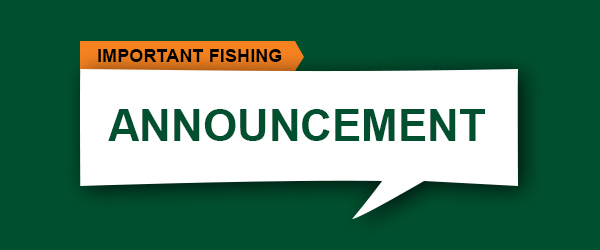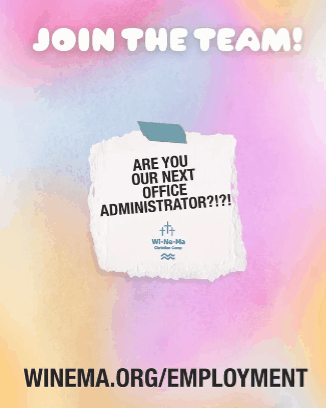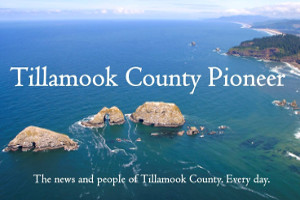UPDATED INFORMATION ABOUT EMERGENCY FISHING REGULATIONS – Clarifications of closures on the Nehalem River (07/01/21): The Pioneer reached out to Robert W. Bradley, District Fish Biologist, Oregon Department of Fish and Wildlife, North Coast Watershed District about the recent emergency fishing regulation changes:
Why was just the Nehalem River closed, and does this apply to the whole river and bay?? “The Nehalem and tributaries are closed to angling upstream of the Miami-Foley Road Bridge. The bay/river from the mouth to the Miami Foley Road Bridge (and North Fork tidewater) remain open under normal regulations. The North Fork of the Nehalem, above tidewater remains open, but with a hoot owl restriction (closed after 2 pm). The news release did not make that clear, and I have asked for some clarifications to be made.
The Nehalem is experiencing extreme temperatures lethal to salmonids (as high as 85 degree temperatures observed.) Much worse than other areas. We have already observed fish kills. That is why it was treated differently than other areas for now. We are continuing to monitor the situation and if other areas warrant closure, we will do that too. I don’t expect things to get any better- right now I hope it just doesn’t get much worse.”
These rules are in effect until September 30th.
“We had to put an end date on the rules (can’t just leave it open ended.) The intent will be to lift the closure when conditions improve sufficiently. Could be sooner than the end of September. Rainfall will certainly help, but also shorter days and cooler nights. Typically the peak temperatures are observed in mid-late August. This is not a typical year so far, so we’ll see what happens.”
ODFW is implementing emergency regulations that will begin July 1 in several angling zones as Oregon faces a severe drought this summer, putting the state’s salmon, steelhead, trout and sturgeon at risk.
These emergency regulations are in effect until Sept. 30, 2021 but may be lifted early or extended depending on conditions.
A summary of emergency regulations follows.
- Fishing will close for salmon, steelhead, sturgeon, and trout from 2 p.m. until one hour before sunrise in some rivers and streams in the NW, SW, Willamette, Central, NE zones. (“Hoot owl” regulations to end fishing before water temperatures are at their warmest, which stresses fish.)
- Nehalem River (NW Zone) will close to all angling. All other open streams in the NW Zone will be under “hoot owl” regulations.
- The Deschutes River from the mouth to Sherars Falls will be under “hoot owl” regulations to protect fish.
- Angling closure within 200 feet of mouths of tributaries in portions of the Umpqua and North Umpqua Rivers, to allow fish to gather in these cooler areas without angling pressure.
- Other targeted angling closures in portions of the Rogue and Illinois Rivers to allow for salmon and steelhead facing tough conditions to migrate without angling pressure.
- Hyatt and Howard Prairie Reservoirs in SW Zone are lifting all bag limits on all species due to extremely low water conditions that are becoming unsuitable for fish.
For full details, see the emergency regulations for your angling zone at https://myodfw.com/recreation-report/fishing-report/
It will be a tough summer and early fall for fish, and these regulations are meant to help more fish survive. However, this doesn’t mean that all fishing has to stop. Except for the Nehalem River, fishing will remain open the morning and early afternoon hours when water temperatures are cooler for fish and people. There are still many great fishing opportunities in high lakes, for warmwater fish like, bass, walleye, or crappie, and in lakes and reservoirs stocked with hatchery rainbow trout—though stocking plans may change due to the drought so remember to check the Recreation Report not the online schedule for the latest information.
As always, the latest regulations are listed at the top of the Recreation Report – Fishing Report for each zone. Always check your angling zone before you go fishing.
ODFW appreciates anglers following the regulations and being flexible with their plans to help fish this year.
If you are fishing somewhere that may require you to release the fish, please use these best practices:
- Use appropriate gear and land fish quickly. The longer the fight, the less likely the fish will survive.
- Avoid removing the fish from the water.
- If taking a photo, cradle the fish at water level and quickly take the picture.
- Remove hooks quickly and gently while keeping the fish under water.
- Use long-nosed pliers or hemostats to back out a hook.
- If a fish is hooked deeply, cut the line near the hook.
- Revive fish (point them into slow current or move them back and forth until gills are working).
- When possible, let the fish swim out of your hands.
 |



